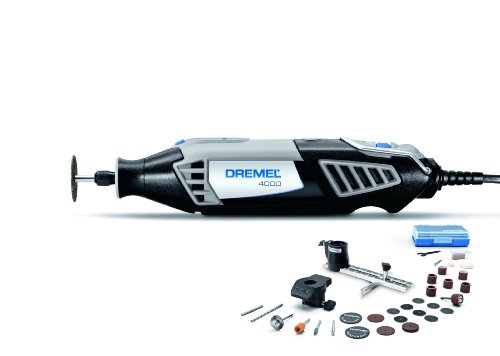You may think that once you have bought your chainsaw, the real work is about to begin. That may be true but it's not only in the garden or your lawn that you will need to think about the tough work. Chainsaws often need maintenance and while you may not be familiar with this work, it's important that you become comfortable with it. Sharpening the blades of the chainsaw is important because it will not only save you time and effort when going to do the big jobs, but it can also keep you safe from injury too.
The first thing you will need to know when sharpening the blades of your chainsaw is the size of your saw's chain. This is because you will need to buy a rotary grindstone or a chainsaw file to sharpen your blade and these are sold in different sizes, corresponding to the different sizes of chainsaw blades.
The chain then needs to be cleaned thoroughly. There are many cleaners that can be purchased for this purpose but if you find them too costly, a simple mineral water will also do the job well. It's important that when you're cleaning your chain that you do not saturate any part of the chainsaw. This is because it can get into the plastic housing of the unit or the motor, and can cause a lot of damage to these parts. As you're cleaning your chain, look for parts that are broken or damaged. These parts can't be repaired but having them fly off while the chainsaw is in use is extremely dangerous. Any broken pieces of the chain should be immediately taken off and replaced with new bits.
Sharpening the blades of a chainsaw means that the chainsaw needs to be stable and supported. Laying the chainsaw on a flat surface may be all that the chainsaw needs to get this done by clamping it in a vice so that the blade remains perfectly still is the best option. Next, you need to find the leading cutter, which is the shortest cutter on the blade. Some chainsaws don't have a leading cutter, leaving all the cutters the same length. If this is the case, the filing can begin anywhere however it will make it easier if you can lightly mark the first cutter that you filed so that you don't re-file it.
The file can then be placed into the space on the front of the cutter. This is the first tooth that lays flat against the chain and the file should be just about even with the tooth once it's placed inside the empty notch beside the tooth. Then, holding the file at the same angle as the tooth, gently slide the file in a twisting motion. This will ensure that anything you are filing off will not fall to the inside of the blade. You can then do this with every tooth on that side of the blade. After one side is finished, the chainsaw can be turned around so that the unfiled teeth on the other side can also be filed. These teeth will be angled differently than the teeth on the other side so be sure to adjust your blade file as well.










